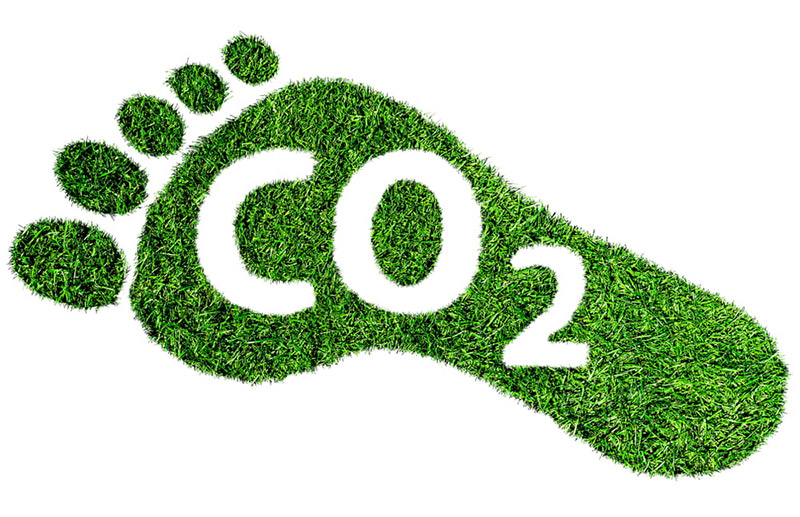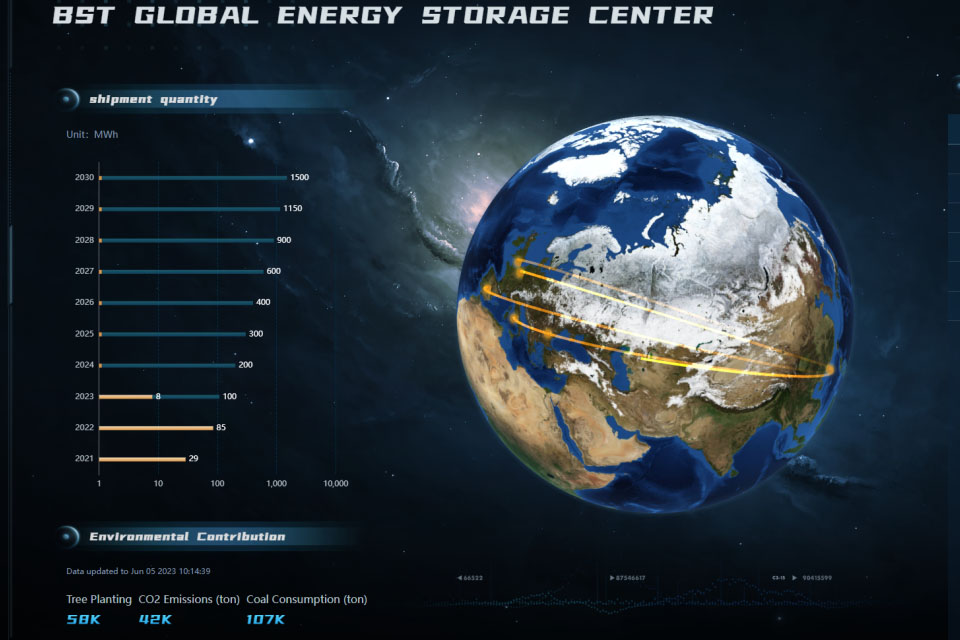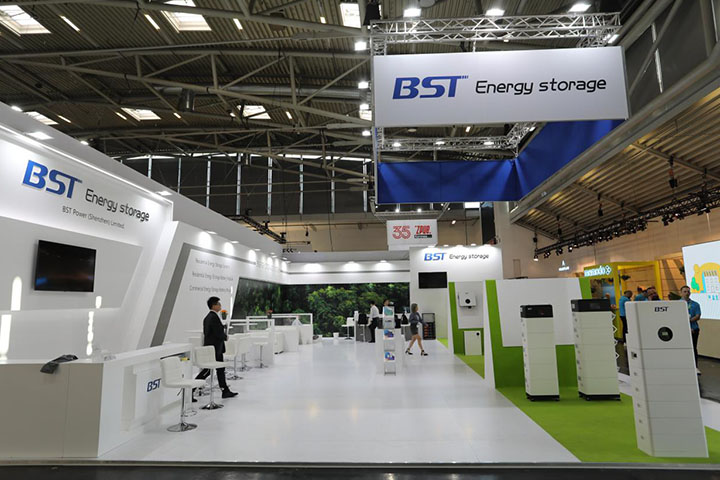Carbon emissions have become one of the most urgent global environmental challenges of our time. As concerns about climate change and global warming continue to grow, understanding the main causes of carbon emissions is essential for governments, businesses, and individuals alike. This article explores what carbon emissions are, what causes them, how they relate to global warming, and most importantly—what we can do to reduce them.

1. What Are Carbon Emissions?
Carbon emissions are primarily measured in metric tons of CO₂, and they are a major contributor to the greenhouse effect—the process that traps heat in the Earth’s atmosphere, leading to rising global temperatures. These emissions originate from a variety of human and natural sources, but it is the human-induced (anthropogenic) emissions that are driving climate change at an alarming rate.
Why Carbon Emissions Matter
- They contribute to climate change and global warming
- They increase the frequency of extreme weather events
- They affect air quality and human health
- They contribute to ocean acidification and biodiversity loss
2. What Are the Main Causes of Carbon Emissions?

There are several major sources of carbon emissions, and understanding these is crucial for developing effective solutions.
a. Fossil Fuel Combustion
The burning of fossil fuels such as coal, oil, and natural gas is the largest source of carbon emissions worldwide. These fuels are used primarily in:
- Electricity generation
- Transportation (cars, trucks, airplanes, ships)
- Industrial processes (steel, cement, chemical production)
- Heating systems (especially in colder climates)
When fossil fuels are burned, they release stored carbon in the form of CO₂.
b. Deforestation and Land Use Change
Forests act as carbon sinks, absorbing CO₂ from the atmosphere. However, when trees are cut down or burned for agriculture or development, this carbon is released back into the air. Deforestation accounts for nearly 10-15% of global carbon emissions.
c. Industrial Emissions
Certain industrial processes emit CO₂ and other greenhouse gases even when fossil fuels are not directly burned. For example:
- Cement production releases CO₂ when limestone is heated
- Chemical manufacturing often results in carbon-intensive byproducts
d. Agriculture
While agriculture is more often associated with methane (CH₄) and nitrous oxide (N₂O) emissions, certain agricultural practices also lead to CO₂ emissions:
- Soil degradation
- Use of heavy machinery
- Burning crop residue
e. Waste Management
Improper waste disposal and landfills are another contributor. Organic waste decomposes and releases methane, but incineration of waste also releases CO₂.
Summary of Carbon Emission Sources:
| Source | Percentage of Global Emissions | Examples |
|---|---|---|
| Fossil Fuels | ~70% | Power plants, transport, heating |
| Deforestation | 10–15% | Logging, agriculture, wildfires |
| Industry | ~6–8% | Cement, steel, chemical production |
| Agriculture | ~5% | Soil degradation, machinery |
| Waste & Landfills | ~3–5% | Incineration, landfill decomposition |
3. What Is Global Warming?
Global warming refers to the long-term increase in Earth’s average surface temperature due to the buildup of greenhouse gases in the atmosphere, primarily carbon dioxide.
Key Points About Global Warming:
- Since the Industrial Revolution, average temperatures have risen by about 1.1°C (2°F)
- The Intergovernmental Panel on Climate Change (IPCC) warns that exceeding 1.5°C of warming could result in catastrophic environmental consequences
- Melting glaciers, rising sea levels, and intensified storms are all linked to global warming
4. The Relationship Between Carbon Emissions and Global Warming
The connection between carbon emissions and global warming is direct and scientifically well-established. Carbon dioxide acts as a greenhouse gas, trapping heat from the sun and preventing it from escaping back into space. The more CO₂ we emit, the more heat gets trapped, causing temperatures to rise.
Greenhouse Effect in Action:
- Sunlight reaches Earth and warms its surface.
- Earth emits infrared radiation (heat).
- Greenhouse gases like CO₂ absorb this heat and re-radiate it.
- This trapped heat raises the planet’s temperature.
Over 75% of greenhouse gases responsible for global warming are carbon-based, with CO₂ being the dominant gas.
5. How to Reduce and Lower Carbon Emissions
Now that we understand the causes and effects of carbon emissions, the next step is to explore how to reduce carbon emissions and move toward a low-carbon future.
a. Switch to Renewable Energy
Using solar, wind, hydro, and geothermal energy reduces our dependence on fossil fuels. These clean energy sources produce little to no carbon emissions and are becoming more cost-effective every year.
b. Improve Energy Efficiency
Energy efficiency means using less energy to perform the same task. Key strategies include:
- Insulating homes and buildings
- Using LED lighting
- Upgrading to energy-efficient appliances
- Implementing smart grid technologies
c. Promote Sustainable Transportation
The transportation sector is responsible for about 24% of global carbon emissions. Solutions include:
- Electric vehicles (EVs)
- Public transportation
- Cycling and walking
- Carpooling and ride-sharing
d. Reforestation and Afforestation
Protecting and planting trees helps absorb atmospheric CO₂. Forest conservation efforts can significantly offset emissions from other sources.
e. Reduce, Reuse, Recycle
Waste reduction lowers the energy and emissions associated with manufacturing and disposal. Practices include:
- Recycling materials like aluminum, glass, and paper
- Avoiding single-use plastics
- Composting organic waste
f. Adopt Low-Carbon Lifestyles
Every individual has a carbon footprint. Steps to lower it include:
- Eating a plant-based diet
- Avoiding fast fashion
- Supporting sustainable brands
- Reducing air travel
g. Government Policies and Corporate Responsibility
Effective policy frameworks can drive large-scale change. This includes:
- Carbon pricing (carbon tax or cap-and-trade)
- Emissions regulations
- Green technology subsidies
- Corporate sustainability commitments
Final Thoughts
Understanding what causes carbon emissions is the first step toward fighting climate change. Whether through burning fossil fuels, deforestation, or industrial processes, human activities are the primary drivers of carbon emissions and global warming.
However, there is still hope. By shifting to renewable energy, promoting sustainable development, and making informed choices in our daily lives, we can collectively reduce carbon emissions and build a healthier planet for future generations.




